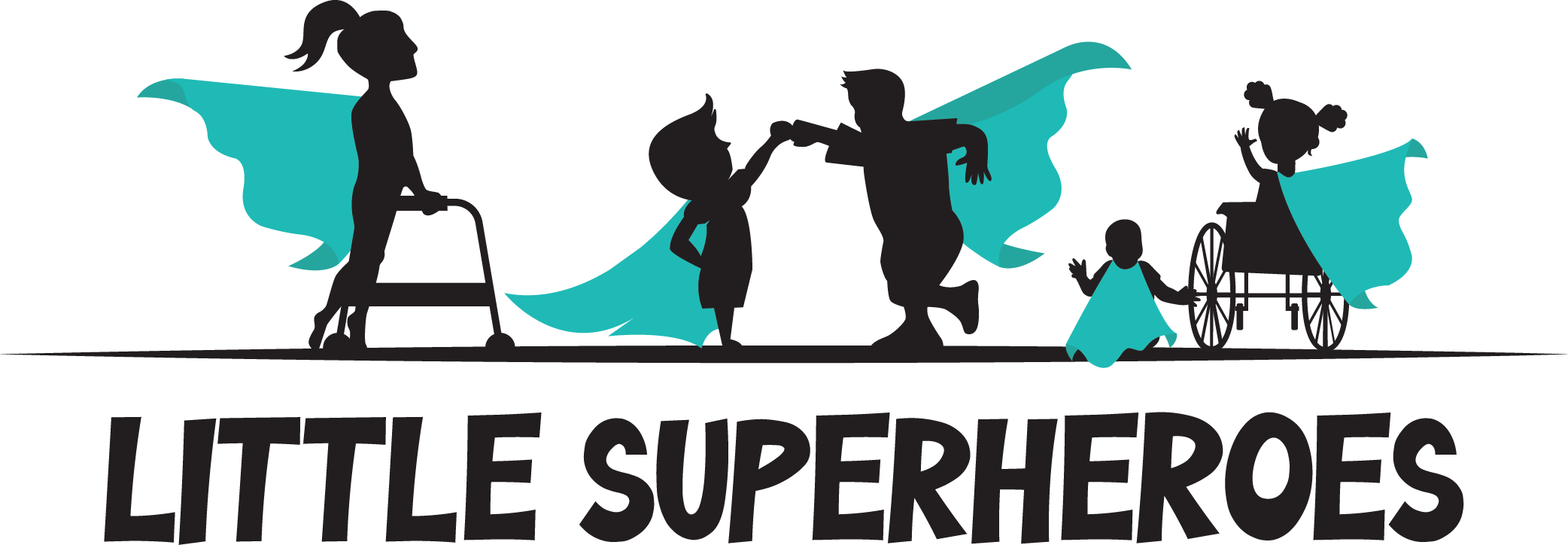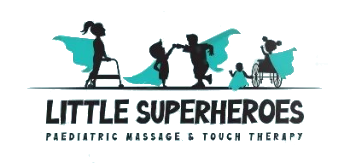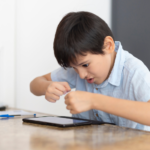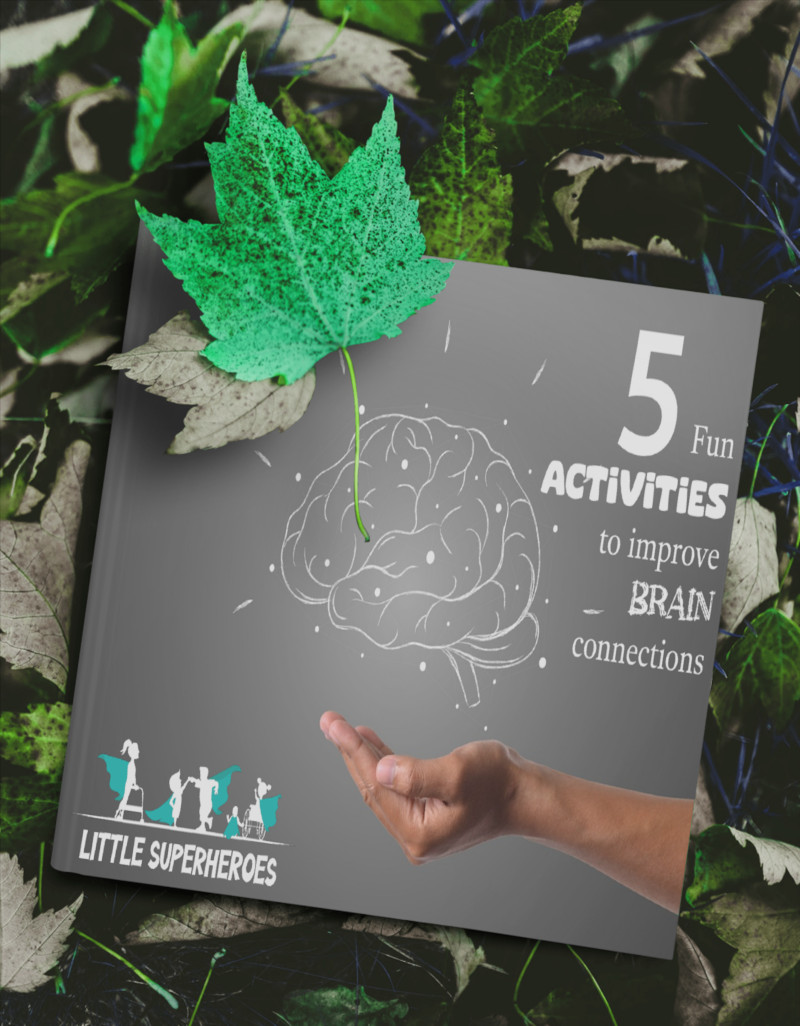
As the new school year approaches, many of us feel the mix of excitement and nervousness that comes with helping our neurodivergent or special needs children transition

Parenting is a journey filled with joy, challenges, and countless lessons. For Katelyn, a devoted mother to her son Benaiah, this journey took an unexpected turn when

Overstimulation is a common challenge for neurodivergent children, especially in busy environments filled with unfamiliar sounds, sights, and other sensory input. By creating supportive surroundings and building
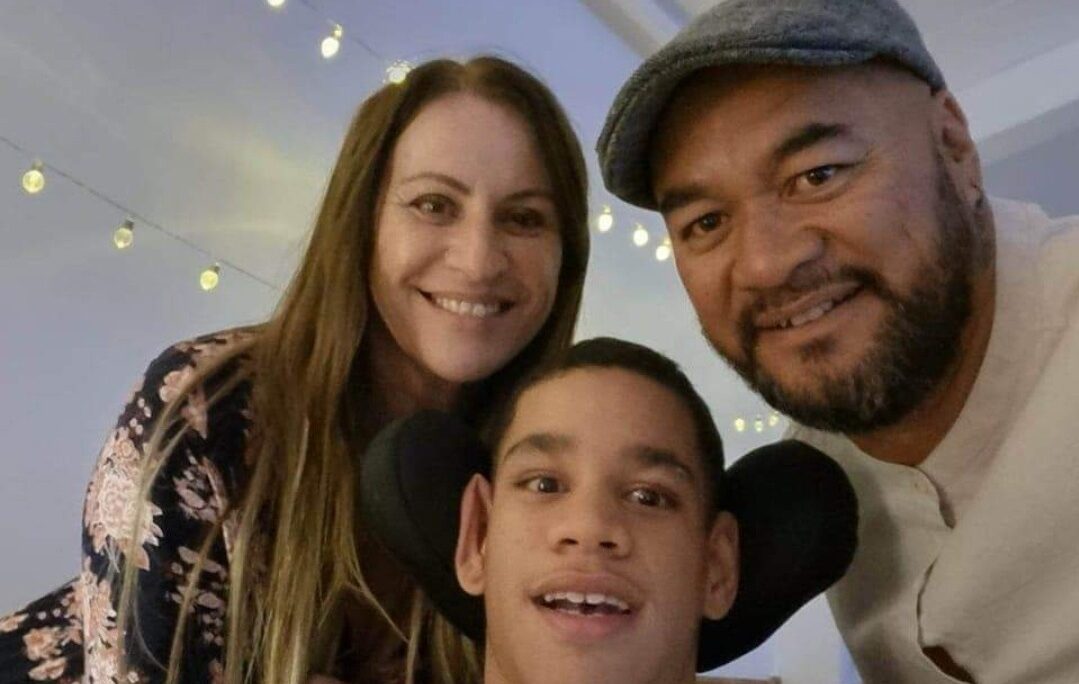
In this week’s episode of Navigating Neurodivergence and Special Needs with Little Superheroes, we had the privilege of hearing from Leah, the mother of Naz, an incredible









